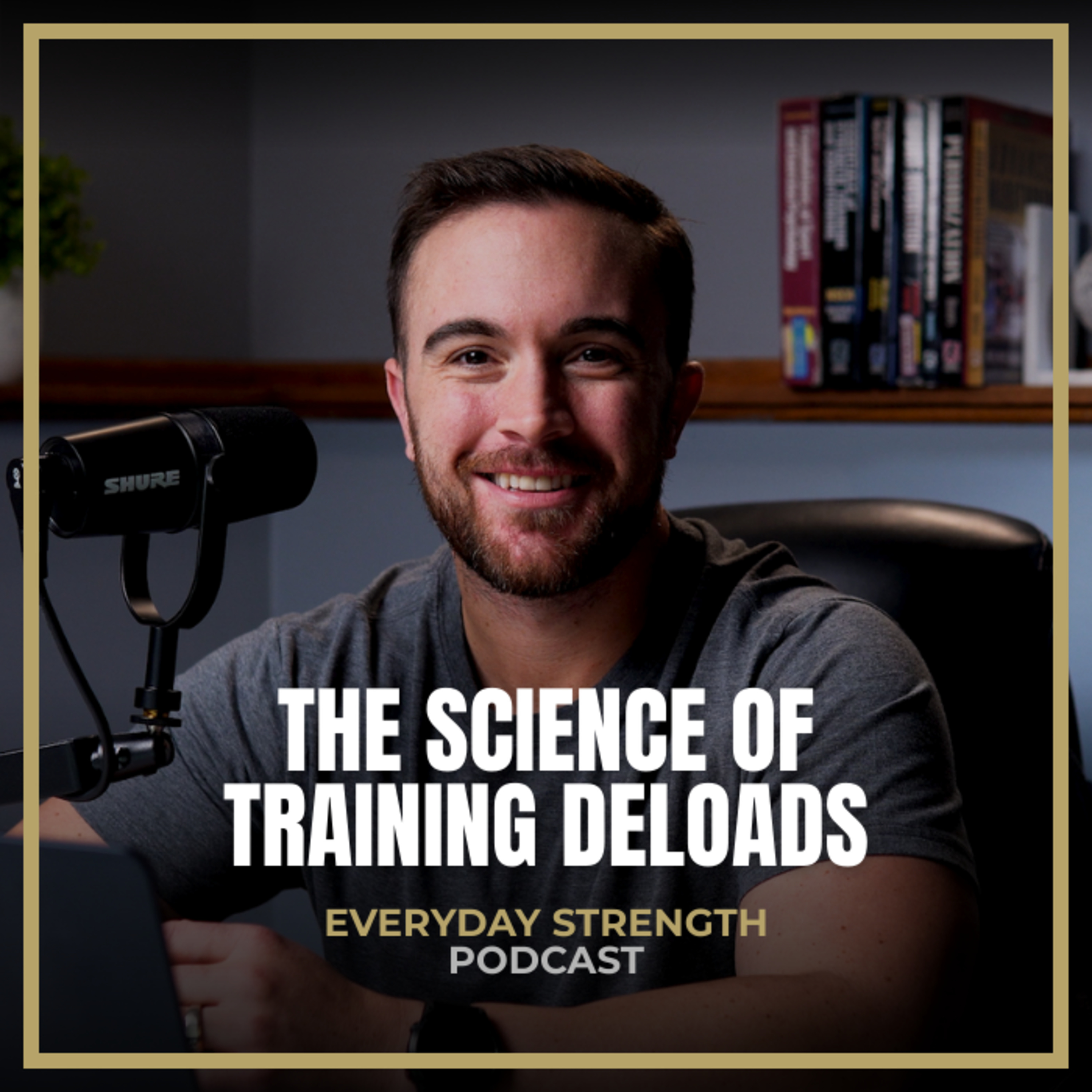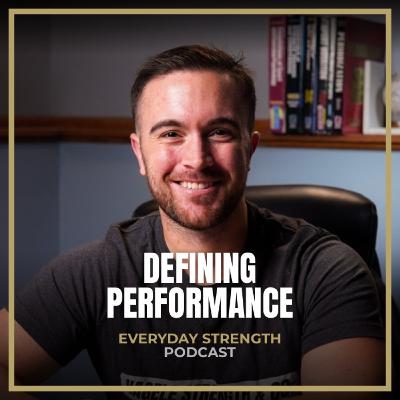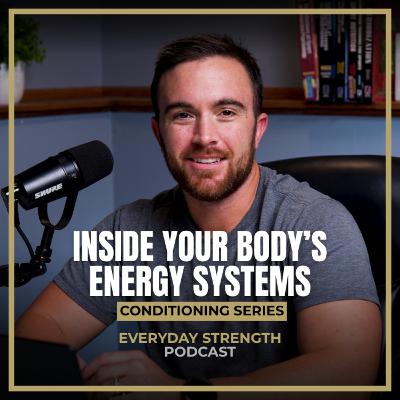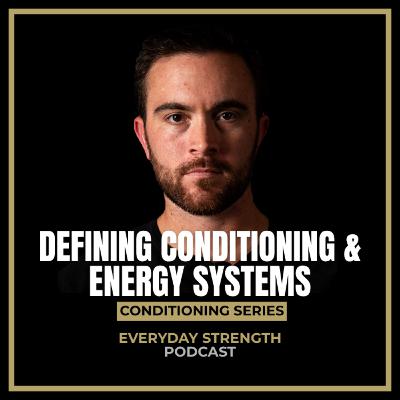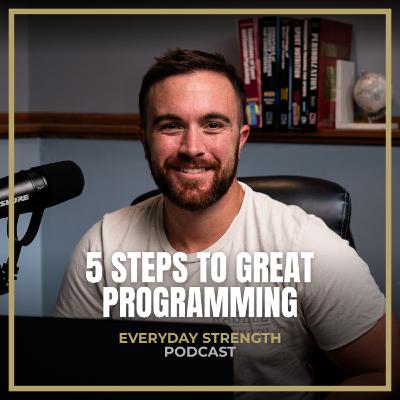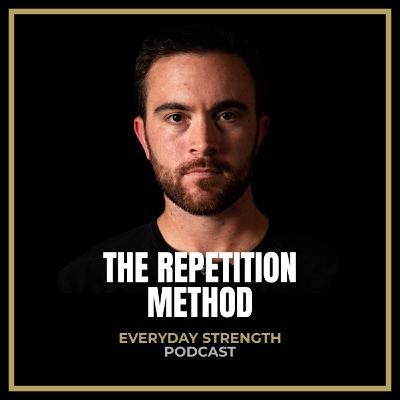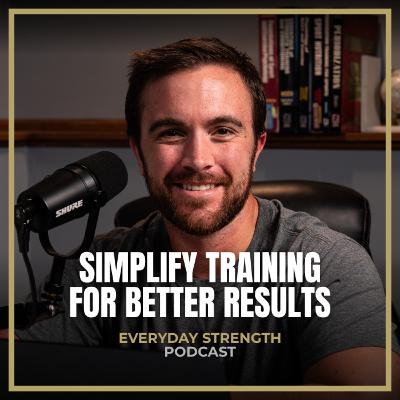How Plyometrics Improve Strength, Running Economy, and Longevity
Description
Plyometrics are one of the most misunderstood elements of training, yet they influence strength, speed, running efficiency, and long-term athleticism more than most people realize. In this episode, Anthony breaks down what plyometrics actually are, how they differ from basic jumps, why they matter for everyday athletes, and how they support both performance and longevity. You will also learn how to integrate plyometrics safely, how to build progressions, and how they fit into hybrid and conjugate-style programming.
Read the full episode notes at Hagele Strength
Join the Performance Edge Network to receive Anthony’s weekly newsletter.
Timestamps:
(0:00 ) Introduction
(0:30 ) What plyometrics actually are
(1:10 ) The stretch-shortening cycle explained
(2:00 ) Why most “jumps” are not true plyometrics
(3:00 ) Tendon stiffness, elastic energy, and neural drive
(4:15 ) Power loss with age and why plyos matter for longevity
(5:30 ) Why everyday athletes should include plyometrics
(6:30 ) Athleticism, movement quality, and injury risk reduction
(7:20 ) Plyometrics for hybrid athletes and runners
(8:10 ) Running mechanics, tendon elasticity, and efficiency
(9:20 ) Injury risk in running and why plyos build durability
(10:20 ) Improving running economy and ground contact times
(11:15 ) Practical plyometric options for runners
(12:00 ) How to integrate plyos before lifting and after runs
(12:30 ) The importance of proper progressions
(13:00 ) Learning to land: the starting point
(13:45 ) Low-level elastic work: pogos, skips, jump rope
(14:50 ) Submaximal jumps and intent-based training
(15:30 ) True plyometrics: depth jumps, hurdle hops, bounding
(16:15 ) Managing volume, ground contacts, and frequency
(17:10 ) Surfaces, injury prevention, and environmental considerations
(17:40 ) Common mistakes to avoid with plyometric training
(18:30 ) Technique, quality, and avoiding “conditioning disguised as plyos”
(19:20 ) Fatigue, timing, and why placement in the session matters
(20:10 ) Practical examples for strength and hybrid athletes
(21:30 ) Weekly integration strategies and simple templates
(22:00 ) Final takeaways
(22:40 ) Closing remarks


